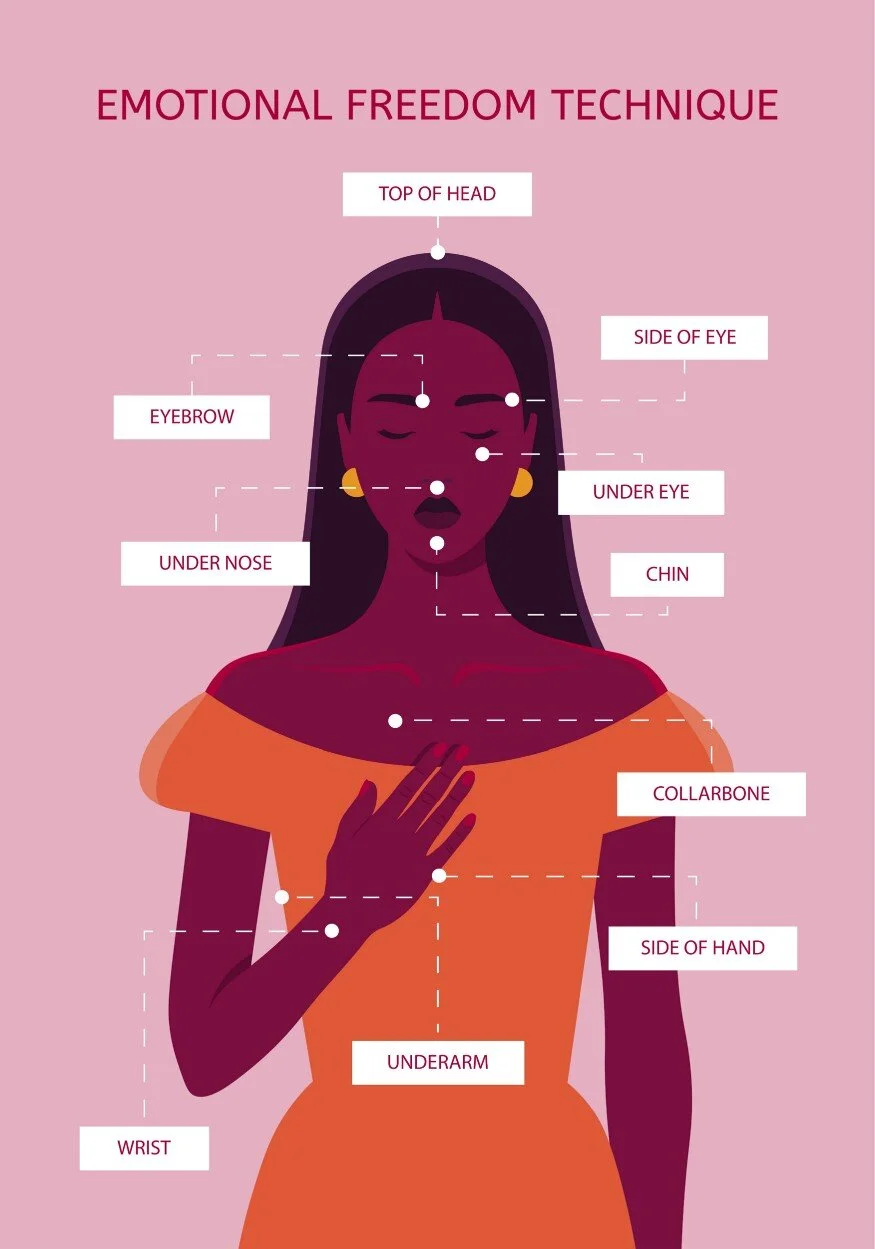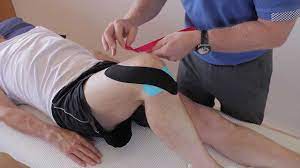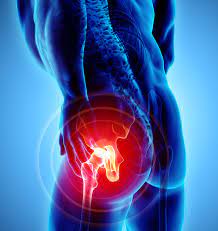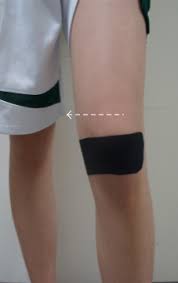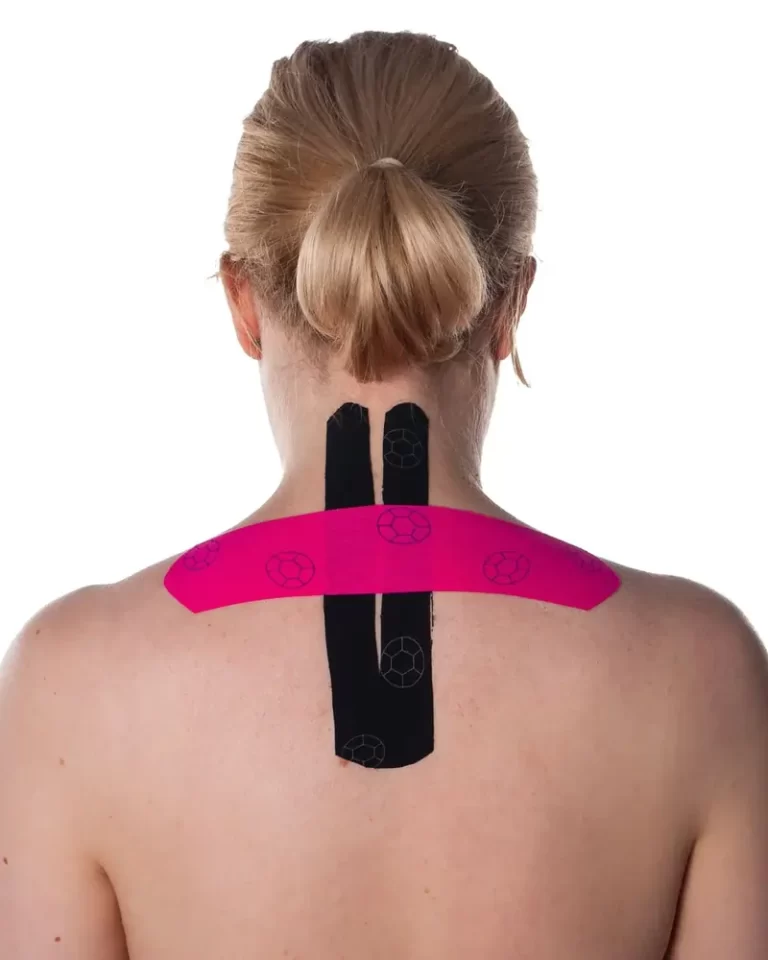EFT Tapping (Emotional Freedom Technique)
Table of Contents
What Is EFT Tapping?
- The Emotional Freedom Technique (EFT) can be used to alleviate both physical pain and mental distress. It goes by the terms tapping and psychological acupuncture as well.
- The advocates of this technique believe that by tapping on the body, you can regulate your energy and get rid of the pain. Its creator, Gary Craig, contends that all unpleasant emotions and energy disturbances are the source of all negative emotions.
- EFT tapping has been used to help persons with anxiety and PTSD, but its effectiveness is still being studied.
The History Of EFT
- In the words of Capanna-Hodge, the idea of field therapy (TFT), created in the 1980s by psychologist Roger Callahan, Ph., is where the roots of EFT tapping may be found. According to her, “TFT is very similar to EFT in that they both call for tapping on certain points on the body while focusing attention on a specific feeling or problem.”
- According to her, the primary distinction between the two techniques is that TFT uses various tapping sequences for various causes while EFT always uses the same sequence. According to Ewing, this alteration was brought about by Gary Craig, a mechanical engineer with a Stanford University education, who created EFT while working with Dr. Callahan in the 1990s. Craig originally intended to simplify TFT. To put his notion to the test, he began working with clients, and he discovered that it worked.
- While it’s crucial to note that Craig was neither a psychologist nor a medical professional, Ewing claims that substantial study has been done on EFT tapping to determine how well it works for treating mental health disorders, most frequently anxiety and conditions that are associated, such phobias and PTSD.
How Does EFT Tapping Work?
- EFT employs the meridian points, also known as energy hot spots, to regulate your body’s energy, just like acupuncture does. It may be possible to reduce symptoms brought on by a negative experience or intense emotion by restoring this energy equilibrium.
- According to Chinese medicine, meridian points are places on the body through which energy flows. These channels balance the energy flow, assisting in its maintenance. Any imbalance may affect a disease or condition.
- In acupuncture, these energy centers are compressed with the aid of needles. In EFT, pressure is used by tapping the fingertip.
- According to supporters, tapping enables you to send messages to the area of your brain that regulates stress and access your body’s vitality. They contend that by using EFT tapping to stimulate the meridian points, you can lessen the anxiety or other negative feelings you experience as a result of your problem, finally reestablishing balance to your disrupted energy.

EFT Tapping In 5 Steps
EFT tapping can be done in five stages. Repeating this procedure will address any further issues or worries you might have and will diminish or eliminate the intensity of your negative feelings.
Determine the problem
You must first recognize the problem or fear you are facing for this strategy to work. While tapping, keep your attention on this. It is said that concentrating on just one issue at once can improve your results.
Examine the starting intensity
The next step is to establish a benchmark level of intensity after you’ve identified your problem area. On a scale of 0 to 10, with 10 being the worst or most challenging, the intensity level is rated. The scale gauges the degree of pain or discomfort you endure as a consequence of your main worry.
After completing an entire EFT sequence, setting a benchmark will help you keep track of your advancement. If your initial intensity before tapping was 10 and it was reduced to 5, you would have achieved a 50% improvement level.
Context
When tapping, you must define a phrase that makes clear what you’re trying to accomplish. It must be focused on two main goals:
- Recognizing the problems
- Embracing the issue despite oneself
- The standard introduction goes something like this: “Even though I have this [fear or problem], I sincerely and completely accept myself.”
You are free to modify this phrase to suit your requirements, but it must not allude to another person’s problem. You are free to modify this phrase to suit your requirements, but it must not allude to another person’s problem. You can’t say, for instance, “Even though my mother is ill, I deeply and completely accept myself.” To alleviate the distress the issue produces, you must concentrate on how it makes you feel.
It is better to state, “Although I’m sad that my mom is sick, I deeply and completely accept myself,” in this situation.
The EFT tapping pattern
The EFT tapping routine involves methodically tapping on each end of nine meridian points.
Twelve main meridians exist, one for every side of the body and one for per internal organ. EFT, however, mainly concentrates on these nine:
- Commonly known as a “karate chop” (KC), this side of the hand: meridian of the small intestine
- Top of head (TH): governing vessel
- Eyebrow (EB): bladder meridian
- Side of the eye (SE): gallbladder meridian
- Under the eye (UE): stomach meridian
- Under the nose (UN): governing vessel
- Chin (Ch): central vessel
- Beginning of the collarbone (CB): kidney meridian
- Under the arm (UA): spleen meridian
As you say your setup phrase three times, start by tapping the side of your hand point. Then, tapping down the body in this ascending order, you should execute the following:
- eyebrow
- Side of the eye
- Under the eye
- Under the nose
- Chin
- Beginning of the collarbone
- Under the arm
Recite an explanation phrase as you tap upward points to keep your attention on the trouble spot. Your recall sentence might be “The sadness I feel that my mother is unwell,” if the opening line was “Although I’m sad that my mother is ill, I sincerely embrace myself.”
At every tapping point, repeat this phrase. Two or three times through this series.
Determine the ultimate intensity.
After you’ve completed your order, rate the intensity you employed on a rating system of 0 to 10. Compare your outcomes to your original degree of intensity. If you haven’t arrived at 0, keep going until you do.
Types of EFT Tapping
Many variations of EFT tapping exist. There are two typical varieties, though:
- EFT Protocol Norms
- The overwhelming majority of EFT practitioners worldwide employ the standard EFT protocol, as stated by EFT International. These are the steps involved:
- Decide what is upsetting you (for example, a difficult circumstance).
- On a scale of 0 to 10, rank the intensity (0 being the worst).
- Say something like, “Even though I’m anxious about work deadlines, I’m doing my best and completely embracing myself.” Create a statement that expresses your problem and contains a component of self-acceptance.
- While tapping every point on your body many times, say something like “Even though I’m stressed out at my job, I fully love and accept myself.”
Continue the process of rating the intensity from 0 to 10 until the number falls and you feel improved.
Therapeutic EFT tapping
- The main uses of this evidence-based EFT tapping technique are the treatment of PTSD, phobias, clinical anxiety, and other mental health conditions. There are a tonne of different EFT techniques, but only this one has been shown effective in more than 100 clinical investigations, according to Church.
Potential Advantages of EFT Tapping
- There are various potential health advantages of EFT tapping. Although more study is required to fully comprehend EFT outside of a therapeutic context, the studies described below look at EFT conducted within the clinical context of research trials, which may support the potential wellness benefits of standard EFT in everyday practice.
- Only a therapist with a license should perform clinical EFT.
Might lessen anxiety and general stress
- People frequently use EFT tapping as a solution to their regular tension and anxiety. According to Dr. Stapleton, EFT may have a calming effect on the amygdala, the brain’s stress center, which makes people feel calmer and better able to think after tapping.
- A study that directly repeated an earlier study that was published in Psychological Trauma in November 2020 discovered that participants in the EFT tapping group experienced much lower cortisol levels than those who received psychoeducation, or knowledge on how to manage anxiety.
- The authors point out that their results are consistent with those of the original study, suggesting that EFT may be a useful technique for reducing stress in both everyday and professional settings.
- The author of a study and meta-analysis discovered after looking at 14 studies that EFT tapping significantly reduced participants’ anxiety scores. The author does point out that there aren’t many studies comparing EFT to cognitive behavioral therapy or other common anxiety therapies, so further research is required to see how EFT tapping would compare to other traditional healthcare approaches.
Can Help You Lose Weight
- By lowering food cravings, tapping may aid with weight loss.
- You may tell yourself, “Today, I will not eat that chocolate pastry, [and I fully love myself],” and if you do that every day for a few days, Church says the cravings will eventually go away.
- Studies show that EFT tapping may alter the region of the brain that causes physical desires. A tiny study found that 15 obese persons who used EFT tapping for four weeks experienced changes in the regions of the brain that control cravings.
- A separate study discovered that over a six-week online EFT course, 76 dieters who used EFT tapping lost an average of 1 pound each week. More research is required to fully understand how EFT tapping may assist in decreasing food cravings or promote weight loss because the dieters continued to lose weight a year later, however, it is unclear if they maintained tapping after the trial was completed.
May Reduce Pain, Depression, and Cravings
- According to research, tapping may also be beneficial for depression, pain, and cravings.
- Clinical EFT was found to be very successful in lowering depression symptoms, and study participants retained these effects over time, according to a meta-analysis of 20 trials that was published in Explore in 2016. Additionally, supportive interviews and diaphragmatic breathing were less effective at treating depression than tapping.
- The resting heart rate, blood pressure, and cortisol levels of 203 participants in a four-day clinical EFT training workshop were found to significantly drop in a study that was published released February 2019 in the Journal of Based on Research Integrative Healthcare. They reported significant improvements in general happiness as well as improvements in pain, cravings, PTSD, anxiety, and depression.
- The authors point out that there has been little research on how physiological systems respond to EFT, and this study adds to the body of literature that suggests advantages for a variety of physiological systems.
- More investigation is required, including focused studies looking at each physiological advantage.
Aids in the clinical treatment of PTSD and trauma
- When used as a therapeutic technique by a qualified practitioner, EFT tapping has been thoroughly investigated in patients with PTSD and trauma and is a beneficial treatment for some.
- One small study randomly allocated 58 military veterans with PTSD checklist scores of 50 or higher (indicating clinical symptom levels) to undergo conventional treatment or EFT in addition to conventional treatment. The average PTSD score of those who underwent tapping decreased significantly from 65 to 34. Those who only got standard care saw no discernible improvement.
- Similar findings from other studies have been reported in the clinical guidelines.
EFT Tapping Risks
- Studies show that when EFT is applied correctly, there are either extremely few or no negative side effects. That means that EFT is carried out by a qualified therapist, she explains. For the majority of healthy individuals who use regular EFT tapping as a self-administered strategy to deal with daily stressors, there are also few, if any, dangers involved.
- However, if a person with PTSD or a history of trauma learns about EFT tapping on their own and gives it a try while following a tutorial, they could experience anxiety as they relive their traumatic experiences without the assistance of a trained healthcare provider. Retraumatization and emotional overflowing are the risks, according to Church.
- Retraumatization, as defined by the Substance Abuse and Mental Health Services Administration, is the recurrence of trauma-related thoughts and sensations that make you recall the incidents that caused your PTSD.
Tips for Getting Started With Tapping
- You can begin tapping with an app or online tutorial if you’re interested in attempting EFT tapping for general stress alleviation.
- You can attempt any number of online tapping sessions and courses. Tapping treatments are frequently tailored towards a particular objective or issue, such as stress, attention, fear, and relationships. Both The Tapping Solution and EFT Universe provide a wealth of free starting points.
- Before meetings or presentations at work, after a disagreement with a spouse or acquaintance, or whenever you need to improve your focus, you can tap for a short period.
- Consult your doctor if you wish to utilize EFT tapping for PTSD or trauma. EFT International or EFT Universe are further resources for finding a clinical EFT practitioner.
Summary:
Emotional Freedom Techniques (EFT) tapping is a holistic therapeutic approach that combines elements of acupuncture and psychology to address emotional and physical issues. By gently tapping on specific meridian points on the body while focusing on the associated emotional or physical concern, EFT aims to release energy blockages and restore balance.
Practitioners believe that tapping helps to reduce stress, anxiety, and negative emotions, promoting a sense of emotional well-being. EFT can be used to address a wide range of issues, from phobias and trauma to pain management and self-esteem. While its effectiveness is a subject of ongoing research, many individuals have reported positive results and find EFT to be a valuable self-help tool for managing their emotional and physical health.
FAQs:
What issues can EFT tapping help with?
EFT tapping can be used to address a wide range of emotional issues, including anxiety, stress, phobias, trauma, and more. It’s also used for physical issues like pain management, weight loss, and cravings.
Is there scientific evidence supporting EFT tapping?
While research on EFT is ongoing, some studies have shown promising results in reducing anxiety and stress. However, more research is needed to establish its efficacy for various conditions.
Can I learn EFT tapping on my own?
Yes, many resources, including books, videos, and websites, offer guidance on learning EFT tapping techniques. It’s relatively simple to start practicing on your own, but some people may benefit from working with a trained EFT practitioner.
Is EFT tapping safe?
The majority of individuals are generally thought to be safe using EFT tapping. However, if you have a serious medical or psychological condition, it’s important to consult with a healthcare professional before using EFT as a sole treatment method.
References:
Bedosky, L. (2022, November 9). EFT Tapping: What Is Emotional Freedom Technique? EverydayHealth.com. https://www.everydayhealth.com/wellness/eft-tapping/guide/
Laurence, E. (2023, April 28). EFT Tapping: What You Need To Know. Forbes Health. https://www.forbes.com/health/mind/eft-tapping/
Anthony, K. (2023, April 6). EFT Tapping. Healthline. https://www.healthline.com/health/eft-tapping#treatment

